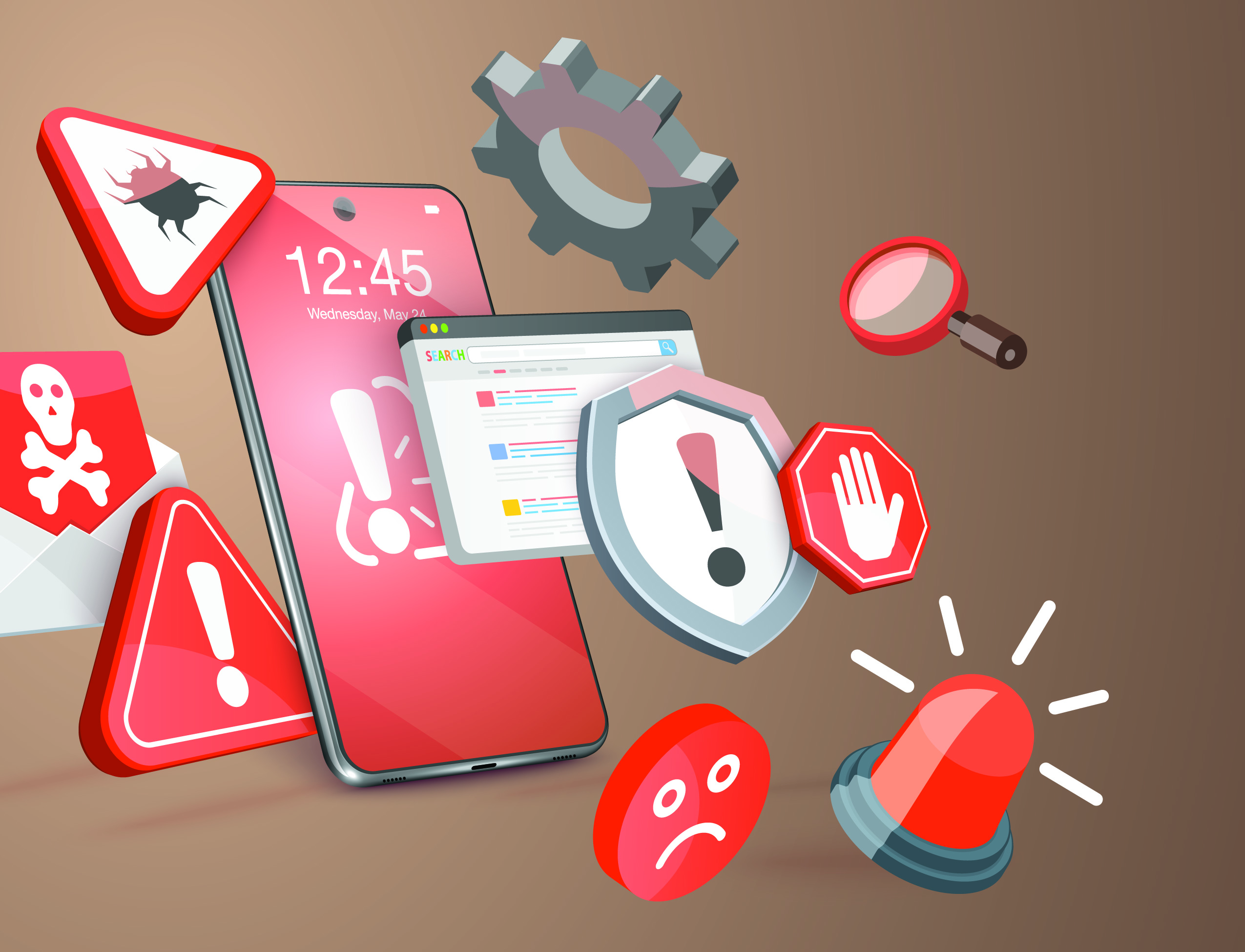by Riley Morgan
Digital technology has made it easier than ever to communicate with people, but it has also brought about a darker side: cyberbullying. This sneaky type of harassment that happens online can hurt people deeply in many ways, including psychologically, emotionally and even physically.
Many people think of cyberbullying as “kids being kids” or just joking online, but it often goes too far and becomes criminal. This gives victims the chance to take legal action. Individuals seeking justice and a better digital environment must understand the legal context around online harassment.
What the Law Says About Cyberbullying
Cyberbullying uses digital devices and platforms, while conventional bullying usually happens in real settings. It includes a lot of different actions, including sending threatening messages, spreading false rumors, sharing embarrassing images or videos, pretending to be someone else online, doxing (publishing private identifying information) and more.
In the United States, there isn’t usually one federal legislation that covers all of cyberbullying. Instead, it’s handled by current criminal laws that make stalking, harassment, threats and defamation illegal. Sometimes, these laws also cover internet communications.
A lot of states have their own laws against bullying and cyberbullying, but the definitions and penalties can be very different. Some states, for example, consider cyberbullying to be a misdemeanor, while others, especially when there are genuine threats or repeated acts that cause a lot of anguish, may make it a felony.
Some important traits that commonly constitute cyberbullying are:
- Willfulness and Intent: The behavior must be intentional and meant to harass, intimidate or hurt.
- Repetition: Cyberbullying usually happens more than once.
- Harm: The victim must truly feel harm, whether it is emotional, psychological or reputational.
- Digital Medium: The harassment must take place through electronic communication, including text messaging, social media, email or online gaming platforms.
It’s important to remember that the First Amendment, which protects free expression, can make cyberbullying prosecutions harder, especially when the language is harsh but not dangerous. Courts often have a hard time finding the correct balance between protecting people from real harassment and intimidation and protecting people’s right to free expression.
The Need for Legal Action and the Terrible Effects
The effects of cyberbullying are far-reaching. People who have been hurt typically feel very sad, anxious, depressed and alone, and they may even have physical symptoms. Cyberbullying has been connected to self-harm and even suicide. Cyberbullying can affect a victim’s academic performance, job prospects and overall health, and it can last into adulthood because online content is permanent.
Cyberbullying is tougher to get away from than regular bullying because of the digital trail it leaves. The fact that this behavior is so common, along with the fact that the person who did it could be anonymous and the fact that harmful content spreads quickly and widely, shows how important it is to have legal options.
When school discipline or platform moderation falls short, the law provides victims with a path to justice—holding offenders accountable and potentially securing compensation for the harm caused.
Navigating Legal Recourse: Civil vs. Criminal Cyberbullying Cases
Depending on how bad the bullying is and what kind it is, victims of cyberbullying can take legal action in both criminal and civil courts.
Criminal Charges for Cyberbullying
Law enforcement can get involved in cyberbullying when it becomes a crime. Some common crimes that go along with cyberbullying are:
- Harassment: This law makes it illegal to repeatedly send someone unwelcome messages that cause distress or discomfort.
- Stalking: This means knowingly and frequently doing things that make someone else think the offender will hurt them physically or mentally. This can mean keeping an eye on someone’s movements or online activity without their permission.
- Menacing: Like stalking, this is making threats that make someone afraid of getting hurt.
- Defamation (Libel): Telling lies about someone that hurts their reputation. If the defamation is very bad or includes false claims about criminal activity, this could lead to criminal proceedings.
- Threats: Making threats of violence or harm that are believable.
- Revenge Porn/Non-Consensual Pornography: Laws that deal with the sharing of private pictures without permission.
In criminal proceedings, the burden of proof is “beyond a reasonable doubt.” This means that the prosecution must show enough evidence to convince the jury that the only plausible explanation for the circumstances is that the defendant committed the crime.
Criminal cyberbullying can lead to fines, community service, probation or jail time. The penalties are harsher for repeat offenders in cases where a lot of harm was done.
Cyberbullying Lawsuits in Civil Court
Even if the police don’t charge someone with a crime or the person isn’t found guilty, the victim can still sue the person in civil court. In civil proceedings, the standard of proof is lower. The plaintiff must only show that the defendant is more likely than not to have caused the harm.
Civil actions are meant to pay the victims for the damage they caused. These damages can be:
- Emotional Distress: Payment for mental and emotional harm, including pain and suffering.
- Medical Costs: Costs for therapy, counseling or other mental health care.
- Loss of Reputation: Compensation for damage to one’s professional position or public image.
- Lost Wages or Chances to Go to School: If the cyberbullying affected work or school.
- Injunctive Relief: A court order to stop the harassment or get rid of harmful content.
In some civil proceedings, regulations about parental responsibility may hold parents responsible for the damage done by their minor child’s cyberbullying. Schools might also be sued if they knew about the bullying and didn’t do anything about it.
Victims of Cyberbullying Have Recourse
Cyberbullying is a widespread and harmful problem in our connected world. New technologies have made it easier for people to harass others, but the law is also making it easier for victims to get justice.
Anyone who has been harmed by cyberbullying needs to know what the law says about it, the difference between civil and criminal remedies, and how important it is to collect evidence carefully. As society continues to deal with the problems of the digital world, the legal system is vitally important for holding online harassers accountable and making the internet a safer and more respected place for everyone.








Leave A Comment